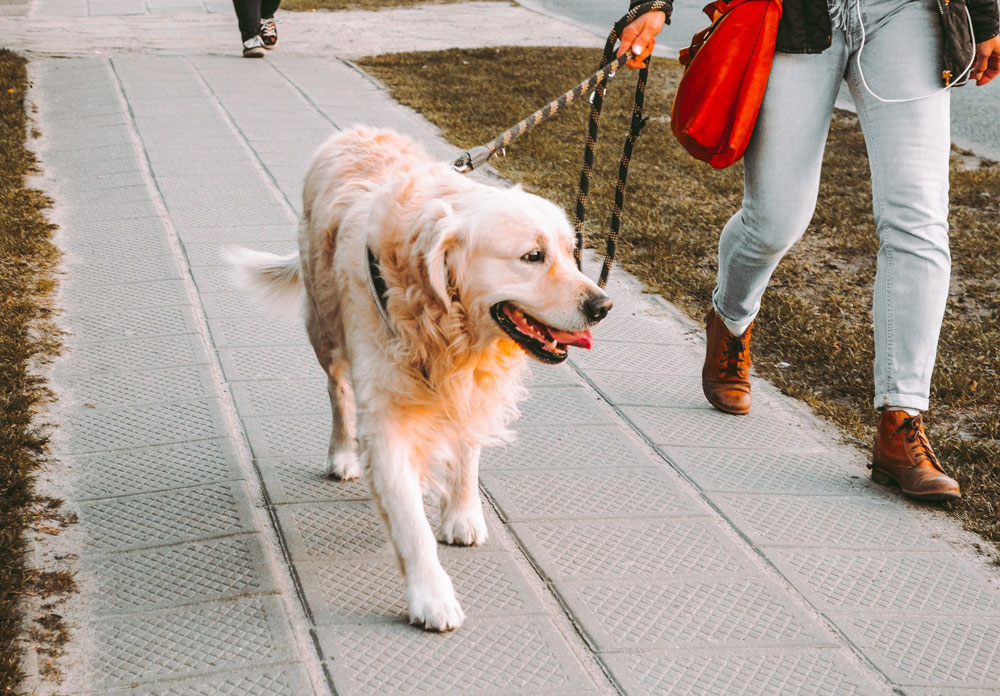
Adopting or buying a dog or cat isn’t just about living with them, feeding, walking, or playing. All of that is important, but there’s another crucial aspect — building trust.
When an animal trusts you, everything becomes easier — transport, care, interaction with guests, and even vet visits. But without trust, even the smallest unexpected action can be perceived as a threat.
Trust isn't built in a day. Just like in human relationships, trust with animals must be formed step by step — patiently and gently.
When a dog or cat first arrives at home, they may behave timidly or hide. This isn’t a “personality flaw” or a sign of neglectful ownership. They simply need time to observe and understand whether they will be loved, hurt, or ignored.
At this stage, it’s essential to let them observe you at their own pace. If they don’t approach — don’t chase them. If they hide — don’t try to drag them out. Initially, they need to learn that you won’t harm, pressure, or rush them. That’s the foundation of trust.
Dogs and cats have their own “body language.” They communicate whether they like you — without words. A key part of forming trust is treating them the way you’d want to be treated if you couldn’t speak.
They are likely observing and recording all of this carefully.
Trust builds when an animal starts to prefer your presence. Not just when you give food — but in general.
This happens when time spent with you feels comfortable. That could be playtime, walks, rest, or simply you not disturbing them.
When a dog or cat feels that their space is respected, their signals are noticed, and your presence is safe — trust starts to grow.
These are all things the animal can’t explain, but they’ll try to avoid the source. And if that source is you — trust breaks down.
Trust with a dog or cat isn’t built with words or just care. It’s built through predictable environments, accurately reading body language, and the animal perceiving your presence as safe.
A dog that feels calm around you won’t show signs of vigilance — perked ears, tucked tail, crouched body, or sidelong glances. Instead, they’ll move freely around you, sit calmly by your side, sniff without tension, and may even sleep with their back turned toward you.
For cats, trust is more subtle. They might keep some distance but still remain in your line of sight, lie in positions where they can monitor the environment. Sometimes they’ll emphasize their presence with silent yet meaningful actions — like walking past you without expecting contact.
Often, an animal will start to see you as a safe base in situations that were once stressful. Some dogs, when they trust their owner, will stop beside them in a new and unfamiliar place. That’s not fear — that’s trust.
Trust doesn’t eliminate all fears and anxieties in animals. But it changes how they react to them.
A dog or cat that trusts their human doesn’t seek escape in stressful moments — they seek your presence.
When trust is solid, the animal is ready to cooperate. Even if the situation is unpleasant — like a vet visit or transport — they’re more likely to endure rather than resist.
But this is only possible if trust was built not just during “easy times” but also maintained during hard times — when the animal was scared, aggressive, or withdrawn.